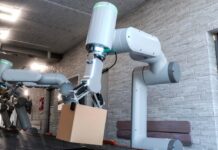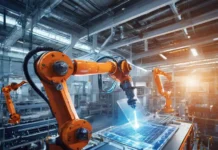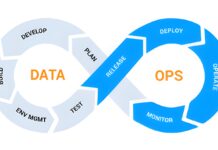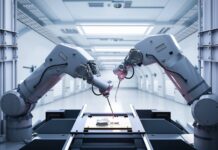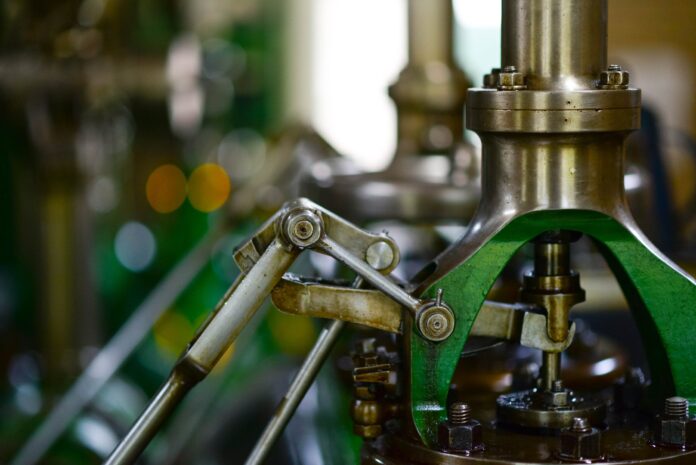
Technology is far too present in our lives today to even state where it begins and where it ends. This is not just true about our personal lives, but the same can also be seen in business and the way it is organized. Manufacturing, for example, has received a tremendous boost in terms of both technologically enhanced hardware components, as well as the intelligent software necessary to handle it, as evidenced here: https://www.sanderscore.com/best-drum-sanders-for-sale-reviews/
3D Printing

3D printing was originally restricted to product designing only, but those days are now in the past since 3D printing is now actively used in various manufacturing sectors. The on-paper possibilities of 3D printing are so huge that it isn’t even possible to imagine what tech will be able to manufacture 50 years down the line!
Even today, 3D printing manufacturing can produce some amazing results. Some of the benefits of using the additive manufacturing technique can be categorized as follows:
- Faster turnaround times and manufacturing lead times; design – product procurements completed in the least possible time
- The designs can be far more complex than other, older methods could handle
- Ideal for prototyping and individual/small scale productions
Unfortunately, 3D printing loses its edge in manufacturing to CNC (computer numerical control) machining, on two main accounts:
- Being an additive process, it becomes too expensive to be suitable for most mass-scale production cycles
- 3D printing cannot properly work with thick sheet metals and is still mostly reliant on plastic, PLA, nylon, glass-filled polyamide, epoxy resins, etc.
CNC Machining
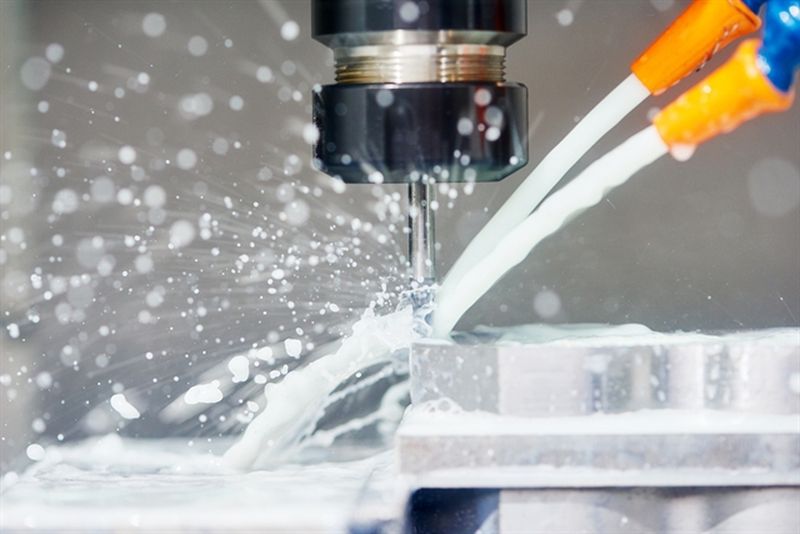
When it comes to mass production, there are a number of scenarios in which CNC machining could very well be replaced by 3D printing. However, there will always be a need for precision CNC machining and contract manufacturers like The Federal Group USA because they can handle mass-scale production on levels, and at costs, that 3D printing will not be able to match for a long time to come.
The entire process is automated and can begin as soon as the connecting software is given access to a CNC machining file, created specifically for the project. A file like that contains all the information the instruments need to operate on their own with pinpoint precision. Unlike 3D printing, CNC machining is a subtractive process of manufacturing, where a block of the material necessary is mechanically chipped away by the machine until the exact product is shaped out of that block.
While it is more costly for individual projects, mass-scale production with even thick sheet metals is both possible and more affordable. From metal and wood to plastics, foam, and acrylic, there is very little that the CNC machining method cannot work with, which is why it still remains one of the chief manufacturing methods across multiple industries such as aerospace, aircraft, automotive, die casting and even medical equipment.
AI and Robotics

Not that AI and robotics are separate from CNC machining or similar processes can be important to us personally, but the ability of the intelligent software to change the details as necessary, and bring it into force with state-of-the-art, high-tech robotic arms have been revolutionary, to say the least. Having the possibility to improve someone’s life with a functional prosthetic hand that can be fully customized is truly amazing. The best thing is that the technology keeps evolving and it will just keep expanding to every aspect of our lives, which will make our reality much better and productive.
The Accessibility of Data

We live in an internet era where the right information is more valuable than gold. The fact that we can get the information we need in an instant has made manufacturing much easier. It enables experts to connect faster and exchange their opinion, and to send the files necessary for the production. Just a while back, to be able to manufacture anything, people had to wait for all the equipment to be delivered and very little adjustments could be made. However, nowadays, the design can be done on the computer, edited numerous times, but also shared with the experts in any country in the world in a matter of minutes. Smart devices are making manufacturing much better since the performance is improved.
Having transparent systems means that the maintenance will be better and easier too. Since technology keeps progressing, constant upgrades must be done, which is now easier than ever before. Being able to integrate everything easily and monitor it on the computer has changed the way the world functions. There is no second-guessing. You can be alerted on your smartphone about everything which makes the manufacturing much easier. Being able to identify the problem fast means being able to resolve the issue almost instantly.

Sensors, Bluetooth and so many other tools are making the communication and the production much easier and better. Being able to share data wirelessly makes everything much faster and better which is why the development of various tools keeps progressing. Considering that there are numerous data available, it is necessary to be able to analyze everything easily and get an overview of the things that are important and highlight them. Manufacturing intelligence and analytics are making machine learning possible.
Innovations are shaping the manufacturing industry on a regular basis, but we only get to know about the ones that make the biggest splash. The smaller details, on the other hand, stay within the sphere of those that are making the impact with their products, and the people who use them to propel their overall work performance.
However, it is important to have constant progress and that it never stops. Various apps, data sharing methods, cloud computing, 3D printing are finding their way into every sphere of our lives including medicine and the production of the right tools for surgeries, but also for organ transplants and giving the medical workers to have precise models for learning and practicing their skills. Nowadays, with all the technology available, it is easy to understand that the precision of the manufacturing tools and the processes involved have never been better and the technology is simply helping people make the most out of the resources available. The future truly sounds promising!

